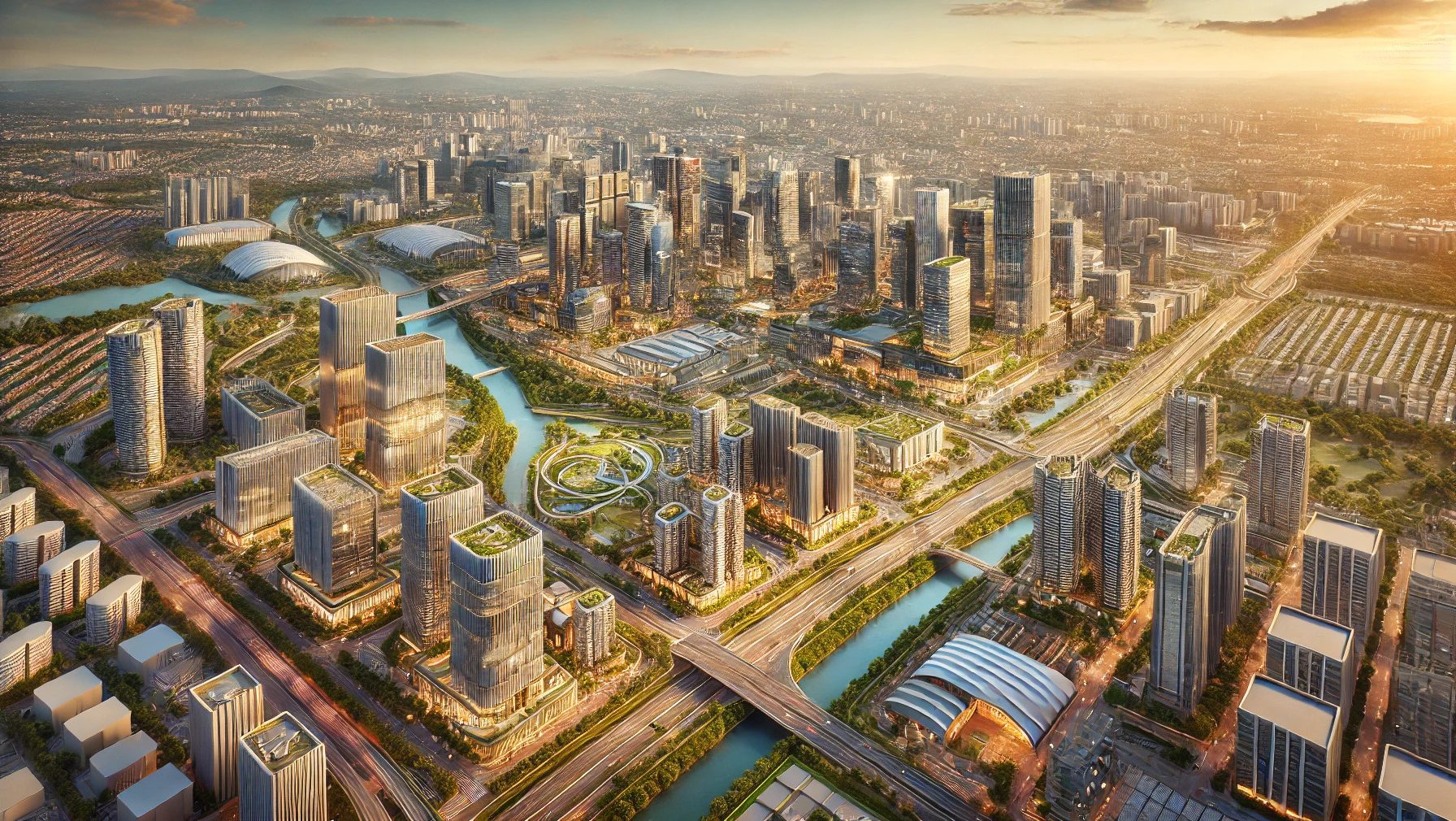MALAYSIA: Kuala Lumpur is set to undergo a dramatic transformation with the comprehensive development of Bandar Malaysia, a project expected to span the next half-century. Announced by the Malaysian government, the initiative aims to reshape the capital’s urban landscape while fostering economic growth and infrastructural advancements.
A visionary project with long-term goals
The Bandar Malaysia project, strategically located on a 486-acre site at the former Royal Malaysian Air Force base along Jalan Sungai Besi, has been positioned as a mixed-use, transit-oriented development. In a statement reported by Free Malaysia Today (FMT), Prime Minister and Finance Minister, Mr Anwar Ibrahim, confirmed that the project’s complete development would take approximately 50 years, a timeline that reflects both its vast scope and the government’s commitment to a phased, sustainable approach.
Strategic acquisition and development plans
The site’s ownership recently changed hands when KLCC (Holdings) Sdn Bhd (KLCCH), a subsidiary of Petroliam Nasional Bhd (Petronas), acquired it from Bandar Malaysia Sdn Bhd (BMSB). As noted in FMT’s report, this transaction was executed on a “willing buyer, willing seller” basis, reinforcing the project’s economic significance. Development responsibilities now fall under KLCC Development Sdn Bhd (KLCCD), a wholly-owned KLCCH subsidiary, which is expected to oversee the long-term execution of the master plan.
Commitment to inclusivity and sustainability
The Ministry of Finance has outlined that affordability and environmental sustainability will remain core priorities throughout the development of Bandar Malaysia. FMT highlighted that the government has pledged to include 10,000 affordable housing units, ensuring that the project does not cater solely to the elite. Additionally, the plan includes open spaces and parks, aiming to provide a healthier and greener urban environment. To preserve cultural heritage, 50 acres of land have been designated as Malay Reserve Land, ensuring that traditional elements are not overshadowed by modern infrastructure.
A controlled and phased development approach
Given the sheer magnitude of Bandar Malaysia, FMT noted that the project will be executed in controlled phases. This approach allows for a market-driven strategy, ensuring that the property supply aligns with demand to avoid oversaturation. The government has stressed the importance of a sustainable growth model, prioritising financial feasibility while accommodating the city’s evolving needs.
A catalyst for economic growth
Beyond real estate, Bandar Malaysia is expected to become a major hub for tourism, trade, culture, and innovation. The project’s master plan, designed by Skidmore, Owings & Merrill (SOM), envisions a walkable, integrated community that will feature a high-speed rail link, commuter rail services, and a sophisticated subway network. SOM’s website outlines how the development is designed to enhance connectivity and accessibility, positioning Bandar Malaysia as a key gateway to Kuala Lumpur and the broader Southeast Asian region.
Expert insights on future-ready development
Urban planning experts stress the importance of ensuring that Bandar Malaysia is future-ready. Ms Goh Hong Ching, an urban planning specialist, told FMT that the project must incorporate “third places”—communal areas designed to encourage social interaction and community engagement. She also pointed out the necessity of efficient transport infrastructure, affordability, and green architecture to create a livable urban space
A transformative vision for Kuala Lumpur
With a commitment to sustainable development, economic growth, and urban innovation, Bandar Malaysia is set to redefine Kuala Lumpur’s future. As the project unfolds over the coming decades, it will not only reshape the city’s skyline and infrastructure but also contribute significantly to Malaysia’s economic and social progress. The ambitious timeline reflects the government’s confidence in creating a model urban development, one that balances modernisation with cultural preservation and environmental consciousness.

